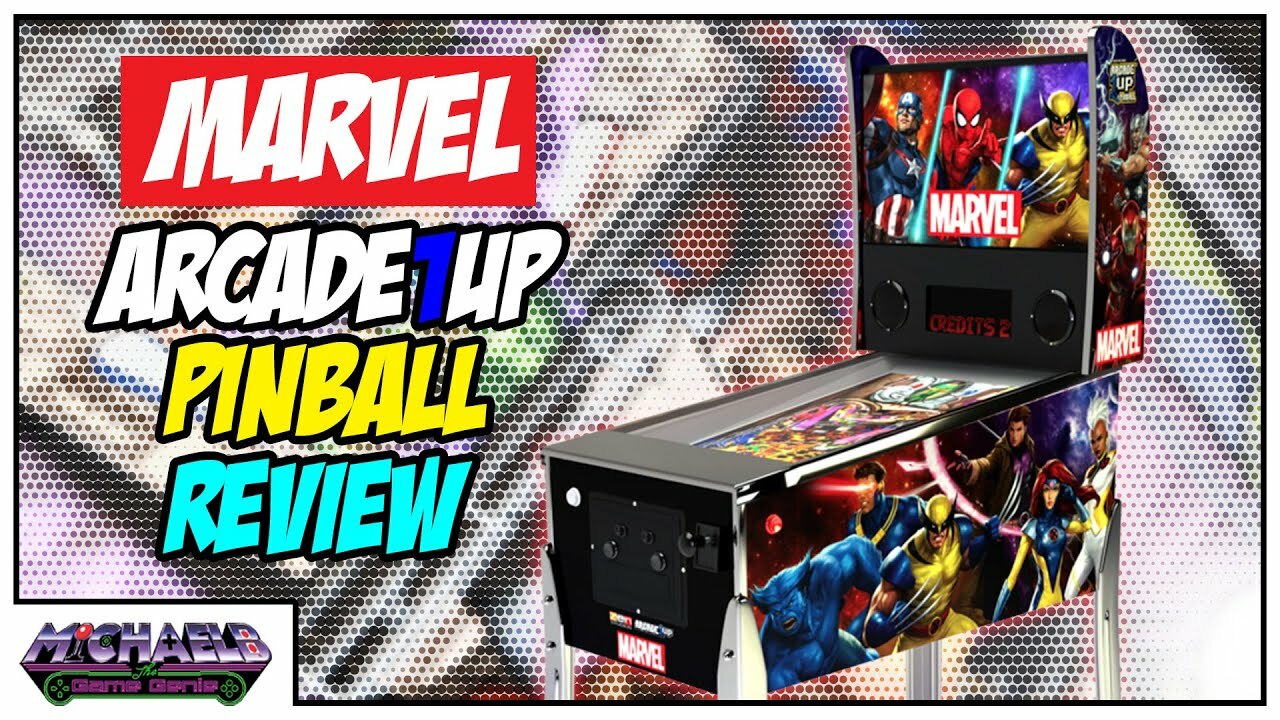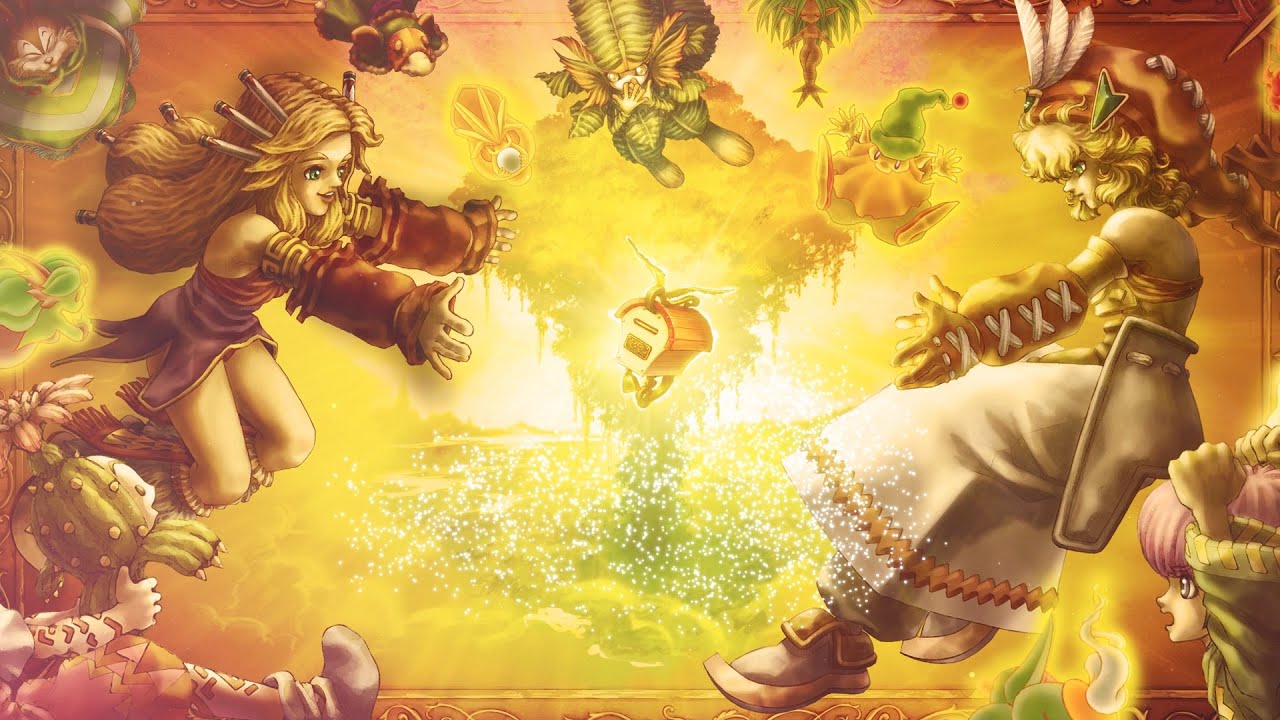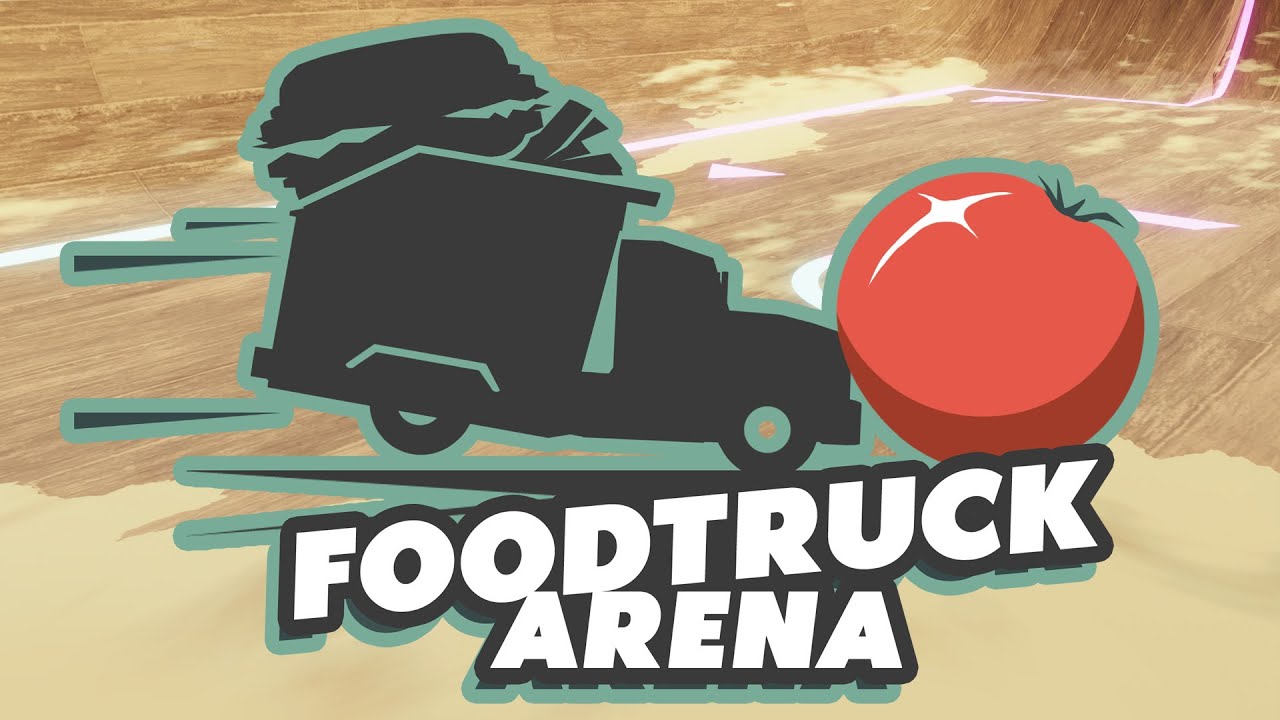Share
Stunning 2D pixel art platformer Eagle Island Twist is making its way to all major platforms on May 28, so we decided to talk to the game’s developer Nick Gregory about the title. The game soars with its gorgeous visual design, frenetic owl-based combat mechanics, and 45 lovingly detailed stages. Some of the levels are even inspired by the likes of Super Meat Boy, Super Smash Bros., and Donkey Kong Country. Like the owls of Eagle Island Twist, let’s dive into this retro-inspired platformer with Gregory.
RetroWare: Can you please give us your elevator pitch for Eagle Island Twist?
Nick Gregory: Eagle Island Twist is a… twist… on the original game. It takes the falconry-inspired gameplay from Eagle Island, but stars newcomer Fia and her kookaburra Kusako. Together they must traverse a huge selection of handcrafted levels, each with its own unique gimmick.
RW: What’s new in Eagle Island Twist for those who have played the original game on PC?
NG: Twist is a whole new story mode featuring gameplay across handcrafted levels. It’s not a roguelite like the original. The gameplay is far more varied, with a surprise around every corner. Overall, playing through Twist is a much less intense experience compared to Eagle Island, but focuses on exploration, platforming, and experimental mechanics.

RW: Where did the idea of using owls as attacks come from? They provide a unique and fun way to take out foes!
NG: Early in development, the game went through a lot of prototypes. It started out with a Super Mario Bros 2 style of grabbing and throwing projectiles. That slowly morphed into a more Yoshi’s Island-style where a line of little chicks followed the player, and he launched them into the distance to attack. Finally, I decided [that] having a loyal companion (in both Koji for Quill, and Kusako for Fia) was the way to go.
RW: What different biomes can players expect to encounter? There are over 45 levels, correct?
NG: Eagle Island and Eagle Island Twist share the same environments (they are both set on the same island) but their gameplay differs drastically. There are nine different biomes, and each one is split into two or three different parts. For example, Sanctuary Swamp has a rainy, marshy exterior, lost ruins below ground, and submerged ruins even further below.
RW: Can you give us a few examples of cool bosses that we’ll be fighting? How did you implement the mechanics of Eagle Island Twist into them?
NG: Each of the nine biomes has its own boss monster – ranging from the giant fire scorpion, Scorchion, in the mines to the pair of ice dragons, Geminice, atop the tallest mountain. In Eagle Island Twist, you’ll face the twisted version of these bosses – if you learned how to fight them in Eagle Island, you’re going to be in for a shock. Those tactics won’t work anymore. Some have been tweaked a little; some [are] put into new arenas, and others have been entirely reprogrammed with a new moveset. Some players commented that the bosses in Eagle Island were a bit too easy (they had to be fairly simple, as they existed at the end of long levels). In Twist, they exist in their own level and are much tougher, but the player can immediately respawn and try again!

RW: How do your different difficulty systems work? If a kid or a hardcore player of tough platformers plays the game, would they both have a lot of fun with Eagle Island Twist?
NG: Both would have a lot of fun! There are three different ways to adjust the game. The first and most obvious is the difficult setting – either Casual, Entry, Core, or Hardcore. I’d recommend players try out Entry to start with and then adjust it from there; it can be changed any time between levels. Lower difficulties give a higher max HP and have some of the tight platforming areas redesigned.
Secondly, there are a plethora of accessibility options available, such as auto-aim which reduces the number of inputs that need to be pressed at once. Choosing to play with accessibility options does not penalize the player in any way. Finally, the player can select Gameplay Tweaks which add some serious gameplay changing features to the game, like infinite health.
RW: How important to you was accessibility in Eagle Island Twist? What options did you include?
NG: Accessibility is very important to any game, not just Eagle Island. I’m proud to say that Eagle Island has an exhaustive list of accessibility settings. There’s too many to go into in detail, but here’s a rundown of the options available: hiding backdrops and scenery, disabling the lighting effects, highlighting characters and items, highlighting platforms, disabling screen shake, reducing flashing effects, a screen reader (Windows only), auto-aim, remapping controls, disabling vibration and slowing down the game speed.
RW: What are the runestones in the game and how can they offer different gameplay experiences to the player?
NG: Runestones give the player passive or active abilities. In the base game, the player collects random runestones each run, which combine to give the player a unique build each run. In Twist, certain levels automatically give you a new and unique runestone to radically change how the game plays – such as Spirit Leech, where your health will constantly drain over time but can be topped up by defeating monsters.
RW: What games inspired you while developing Eagle Island Twist?
NG: Players will encounter all sorts of gimmicks throughout Eagle Island Twist – and some of the best come as tributes to popular games, including (but not limited to!) Super Meat Boy, Fortnite, and Super Smash Bros! It’s tough to talk about these without spoiling the game, but it’s safe to say one of them is super hot!

RW: The lighting system in the game with the 16-bit graphics looks stunning. How do you help make Eagle Island Twist stand out among other retro-inspired platformers?
NG: I’m really pleased I decided to add the lighting system into the game, it makes the environments so atmospheric! The truth is, while the game has pixel art graphics, I don’t follow any of the strict rules and hardware requirements that retro consoles have. I think blending cute and chunky characters with the atmospheric lighting results in a really unique aesthetic.
RW: Does the combat of Eagle Island Twist revolve around combos? What benefits do you get from reaching a high number if any?
NG: The base game of Eagle Island revolves heavily around combos – it’s the quickest way to regain health and manaroc (magic). Twist departs from this idea, and instead, the player can regain health by exploring and finding hidden boxes. Combos are still in the game for experienced players but aren’t required.

RW: How much replayability is in the game? Does the randomized element keep players coming back for more?
NG: Eagle Island, the original game, is highly randomized. It doesn’t even use predesigned room layouts, every single room you enter is generated on the fly. You’ll never see the same room layout twice. Twist levels are identical each time you play – but the only way to get a gold medal is to thoroughly explore the hundreds of hidden secret areas scattered across the game. It’ll probably take a few playthroughs to find them all!
Eagle Island Twist releases on PS4, Xbox One, the Nintendo Switch, and PC (via Steam) on May 28. The roguelite experience from the first iteration of Eagle Island is also included. We asked a few questions about that too!
RW: For those who haven’t played the game before, how does the randomization element work? Also, how many different perks can you find in treasure boxes in the game?
NG: In Eagle Island, every level is randomized to a high degree – you won’t even set foot in the same screen layout twice. The result is a game where the player has to adapt to unique terrains and figure out the most efficient way to dispatch the selection of monsters in front of them. There’s 85 runestones the player can find across the island, which come together to make a unique character build each run. The most powerful of these result in impressive elemental attacks!
RW: What’s the difference between a roguelite and a roguelike?
NG: Any developer or player you ask will probably answer this question with a different response! To me, a roguelike is a top-down dungeon crawler where you play from the start of a randomized dungeon each time you play. There’s permadeath, so if you die you have to start the whole game again. A roguelite, however, just takes some ideas from the roguelike genre and typically makes a much more forgiving game. Often, the player character will save their upgrades and become permanently stronger over time – this is how Eagle Island works, each time you beat a level you’ll gain a big upgrade which allows you to progress to a new level.
A review code of Eagle Island Twist was provided to the interviewer. The publisher of the game Screenwave Media owns and operates RetroWare.




